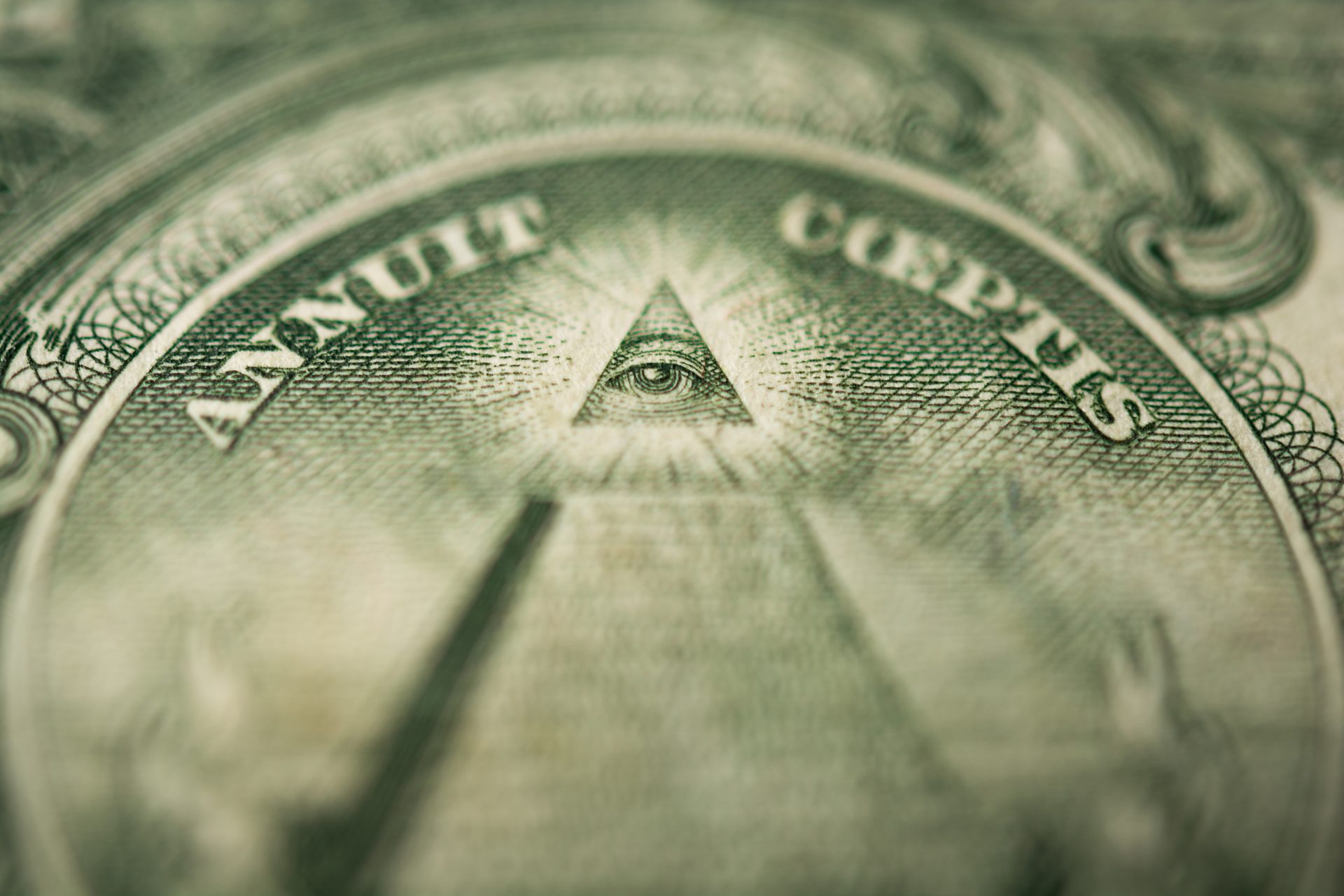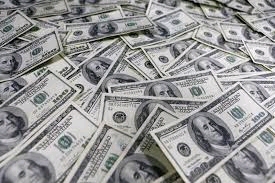Begin with Step-by-Step Instructions on How to Join a Masonic Lodge
Begin with Step-by-Step Instructions on How to Join a Masonic Lodge
Blog Article
Exploring the Mysteries of the copyright: What You Required to Know
The copyright, a term often shrouded in intrigue and conflict, represents a complex tapestry of historical fact and modern-day misconception. Established in the late 18th century, this secret society was initially rooted in the Enlightenment's perfects but has actually since come to be synonymous with conspiracy theory theories about elite control. As we navigate the beginnings, essential numbers, and the raw comparison in between misconception and truth, one need to take into consideration exactly how these stories influence modern perceptions of power and secrecy. What could be exposed through a better evaluation of these elements could test long-held assumptions about the darkness that linger in our culture.
Beginnings of the copyright
The origins of the copyright are steeped in a blend of historic intrigue and ideological fervor. Developed in 1776 in Ingolstadt, Bavaria, by Adam Weishaupt, the team was initially formed as a secret culture aimed at advertising Enlightenment suitables such as reason, secularism, and the splitting up of church and state. Weishaupt, a professor of canon regulation, sought to test the dominating authority of the church and state, which he considered as oppressive organizations suppressing intellectual and personal liberty.

Key Numbers and Participants
That were the critical figures that formed the copyright's very early impact and direction? The Bavarian copyright, founded in 1776 by Adam Weishaupt, emerged as a response to the overbearing social structures of the time.
One more considerable number was Johann Gottlieb Fichte, a popular philosopher whose ideas on nationalism and education resonated with the copyright's goals. Fichte was not an official member, his philosophical foundations influenced the group's ideological background. Additionally, figures like the author and philosopher Johann Wolfgang von Goethe were connected with the broader intellectual motions of the time, although their direct involvement with the copyright stays debated.
These key figures added to the copyright's early instructions, pushing the borders of political and social thought, while their collective efforts intended to challenge well established standards and promote an environment of dynamic change in Europe.
Myths vs. Fact
Several false impressions border the copyright, frequently mixing reality with fiction in a means that obscures its real nature. This secret society, initially established in 1776 in Bavaria, intended to advertise Enlightenment perfects and battle religious and political oppression. The idea that the copyright continues to exert significant influence over world events is a misconception. While the team did exist, it was disbanded in the late 18th century and has not operated as a natural entity ever since.
Another prevalent misconception is that the copyright makes up a network of elite This Site people controling international events. In fact, numerous conspiracy theory theories exaggerate the team's importance, attributing unfounded motives to societal patterns and events. This has actually led to an oversimplified view of intricate issues.
Furthermore, the representation of the copyright in pop culture commonly more misshapes its heritage. Films and literary works have a tendency to sensationalize the organization's role, developing a story that deviates from historical facts. Comprehending the difference in between the myths and the fact of the copyright is crucial for discerning the authentic influence of this historic group and recognizing the wider implications of conspiracy concepts in modern culture.
Modern Interpretations
Contemporary interpretations of the copyright usually reflect broader social stress and anxieties and a fascination dig this with secrecy and power. This modern lens frequently links the copyright with conspiracy theories that recommend a covert elite manages world events, controling governments and economic climates for their own gain. benefit of joining freemason. Such narratives take advantage of an ingrained mistrust of authority, specifically in times of crisis or social upheaval
In pop culture, the copyright is often portrayed as a supreme company shrouded in enigma, causing a myriad of imaginary representations in literary works, movie, and songs. This portrayal serves not only to captivate but also to prompt believed concerning the nature of power and control in contemporary society. Social media has further intensified these interpretations, permitting fast circulation of conspiracy theory concepts and developing communities that share and increase upon these concepts.
Additionally, some contemporary interpretations mount the copyright as an allegory for the intricacies of globalization and the interconnectedness of influential individuals and companies. This point of view motivates an important assessment of exactly how power dynamics run in today's world, highlighting the equilibrium between transparency and secrecy in governance and corporate practices.
Cultural Influence and Tradition
Influenced by centuries of intrigue, the social impact and heritage of the copyright expand much beyond its historical origins. This secret culture, developed in the late 18th century, has permeated different elements of popular society, from literature and movie to songs and art. The concept of the copyright has actually developed into an icon of conspiracy theory concepts, frequently representing a perceived surprise power controling international events.
In literature, writers like Dan Brown have actually woven the copyright right into complex plots, exciting viewers with styles of privacy and power. Films such as "National Prize" and "The Da Vinci Code" even more bolster the allure of the culture, blending reality with fiction to create interesting narratives.

Ultimately, the copyright's heritage is a complicated tapestry of myth and fact, shaping perceptions of privacy and control in contemporary discourse. Its enduring presence in society highlights humanity's seasonal quest for recognizing covert realities.
Conclusion
The expedition of the copyright reveals Homepage an intricate interplay in between historical truths and modern myth-making. Established in the Enlightenment age, this culture aimed to test oppressive structures, yet its heritage has been outweighed by conspiracy concepts that recommend elite control. Recognizing the distinctions in between the initial ideals and modern analyses is vital for understanding the enduring attraction with the copyright and its substantial influence on cultural stories bordering power and secrecy in society.
Report this page